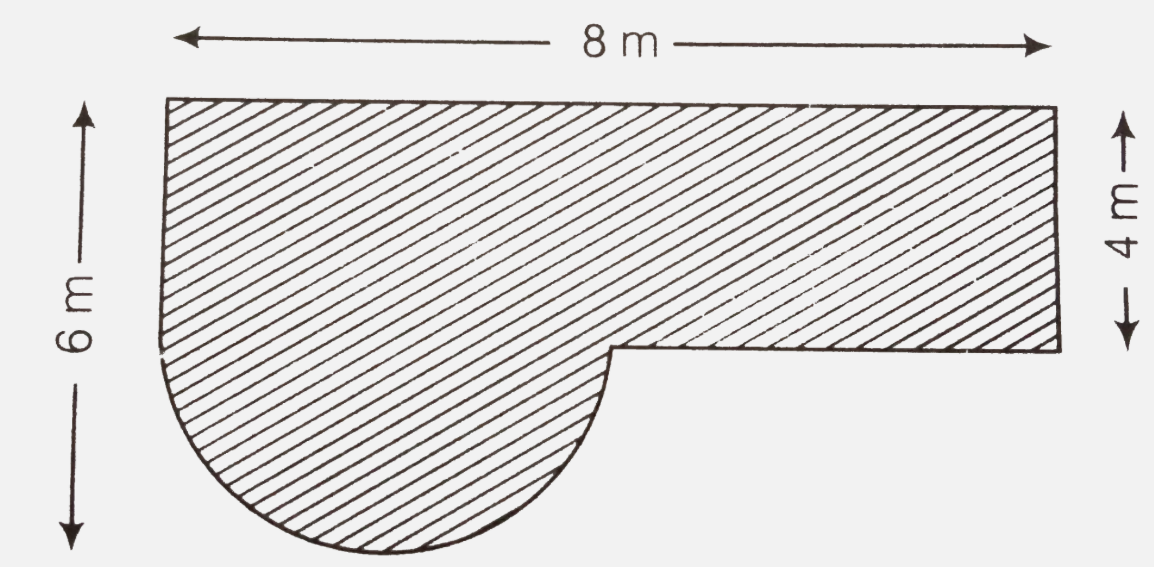Conisder an electric field →E=E0ˆx where E0 is a constant .
The flux through the shaded area (as shown in the figure) due to this field is
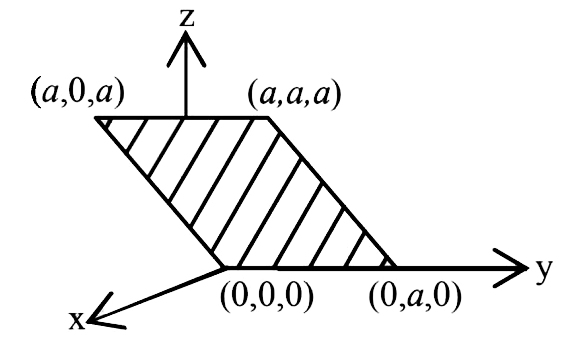
(a) 2E0a2
(b) √2E0a2
(c) E0a2
(d) E0a2√2
The correct Answer is:C
Given →E=E0ˆx
This shows that the electric field acts along +x direction and is a constant. The area vector makes an angle of 45∘ with the electric field. Therefore the electric flux through the shaded portion whose area is
a×√2a=√2a2 is ϕ=→E.→A=EAcosθ=E0(√2a2)cos45∘=E0(√2a2)×1√2=E0a2
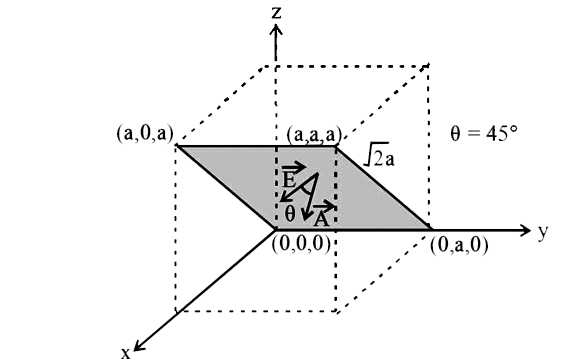
Topper's Solved these Questions
- ELECTROSTATICSBOOK - SUNIL BATRA (41 YEARS IITJEE PHYSICS)CHAPTER - ELECTROSTATICSEXERCISE - Subjective Problems
2 Videos
- ELECTROSTATICSBOOK - SUNIL BATRA (41 YEARS IITJEE PHYSICS)CHAPTER - ELECTROSTATICSEXERCISE - Comprehension Based Questions
2 Videos
- ELECTROMAGNETIC INDUCTION AND ALTERNATING CURRENTBOOK - SUNIL BATRA (41 YEARS IITJEE PHYSICS)CHAPTER - ELECTROMAGNETIC INDUCTION AND ALTERNATING CURRENTEXERCISE - JEE Main And Advanced
107 Videos
- MODERN PHYSICSBOOK - SUNIL BATRA (41 YEARS IITJEE PHYSICS)CHAPTER - MODERN PHYSICSEXERCISE - MCQ (One Correct Answer
1 Videos
Similar Questions
Knowledge Check
If →E=E0Xaˆi(x−mt) then flux through the shaded area is:
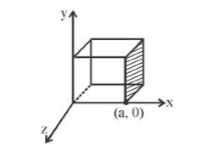 AE0a2BZeroCE0a3D−E0a3
AE0a2BZeroCE0a3D−E0a3If unifrom electric filed →E=E0ˆi+2E0ˆj, where E0 is a constant, exists in a region of space and at (0,0) the electric potential V is zero, then the potential at (x0,0) will be.
AzeroB−E0x0C−2E0x0D−√5E0x0If uniform electric field →E=E0ˆi+2E0ˆj, where E0 is a constant exists in a region of space and at (0,0) the electric potential V is zero, then the potential at (x0,2x0) will be -
AzeroB−5E0x0C−3E0x0D−√5E0x0
Find the area of the shaded field shown in the given figure
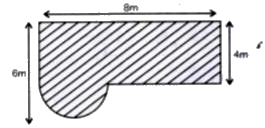
View SolutionFind the area of the shaded field shown in the given figure.
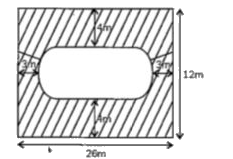
View SolutionA uniform electric field →E=aˆi+bˆj intersects a surface of area A .What is the flux through this area if the surface lies in the yz plane?
View SolutionGiven the components of an electric field as Ex=αx,Ey=0 and Ez=0, where α is a dimensional constant. Calculate the flux through each face of the cube of side a, as shown in the figure.

View SolutionAn electric field given →E=4.0ˆi−3.0(y2+2.0)j pierces a Gaussian cube of edge length 2.0 m and positioned as shown in the figure. (The magnitude E is in newtons per coulomb and the position z is in meters.) what is the electric flux through the (a) top face, (b) bottom face, (c) left face , (b) bottom facem (c) left face, and (d) back face ? (e) what is the net electric flux through the cube ?
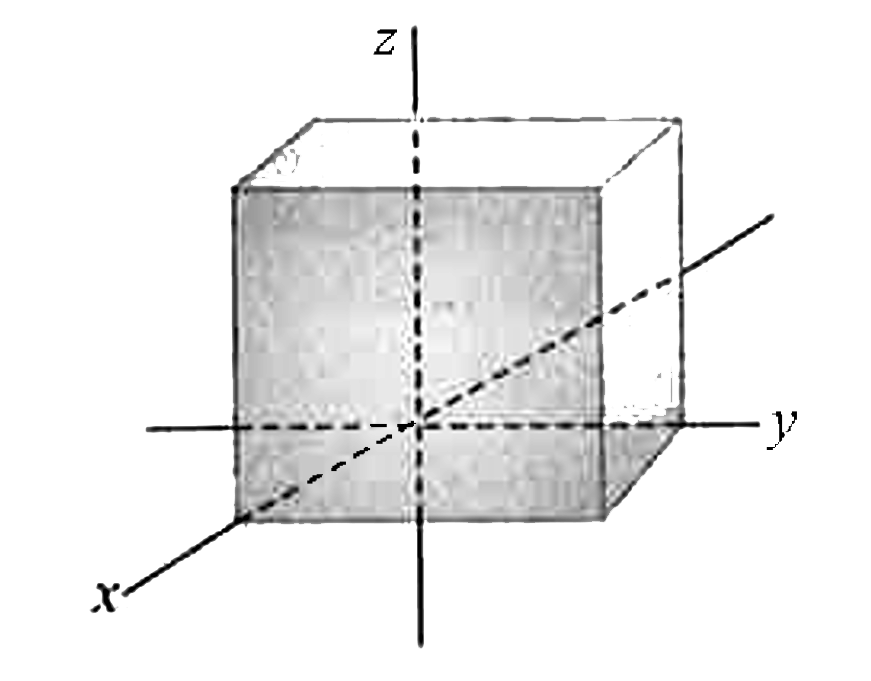
View Solution

